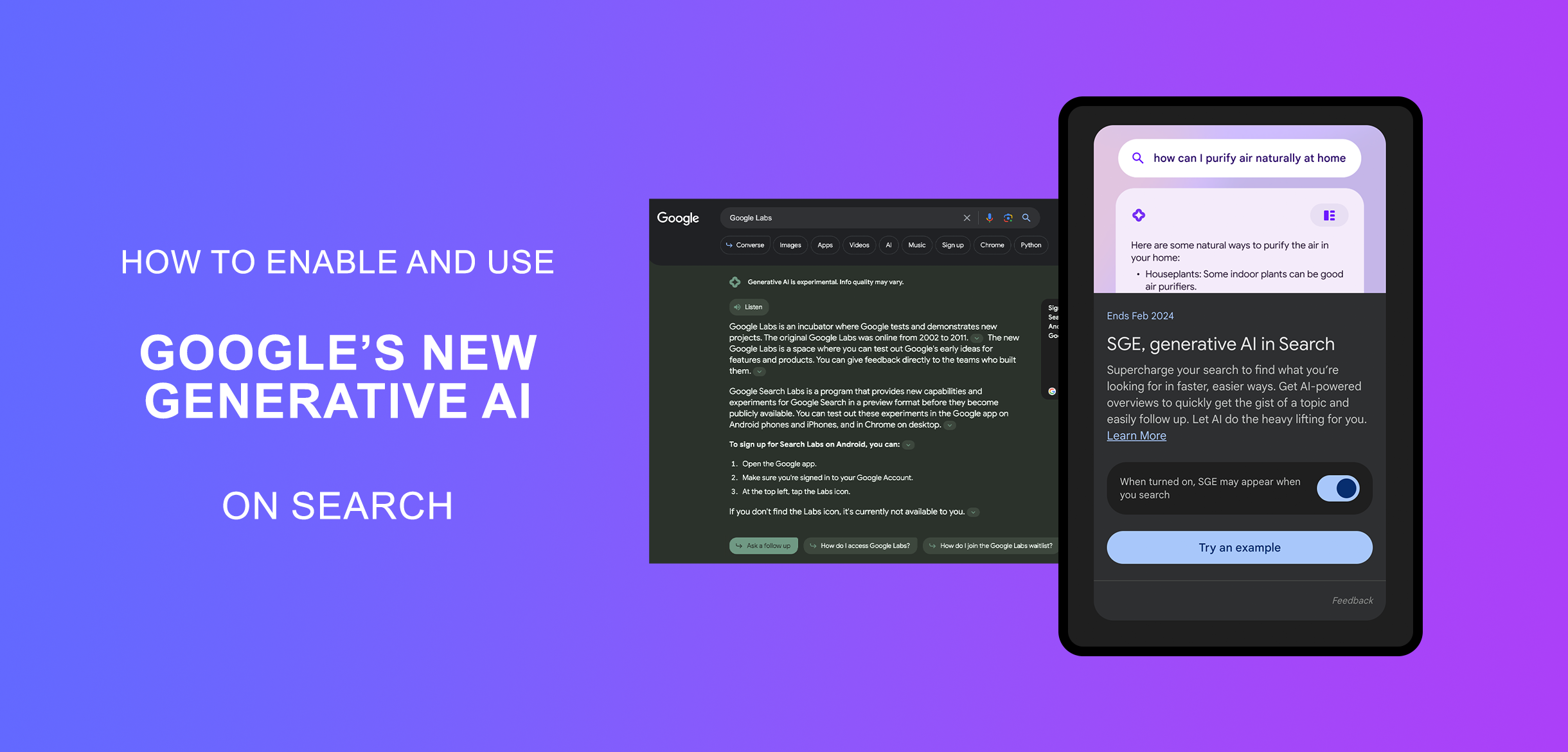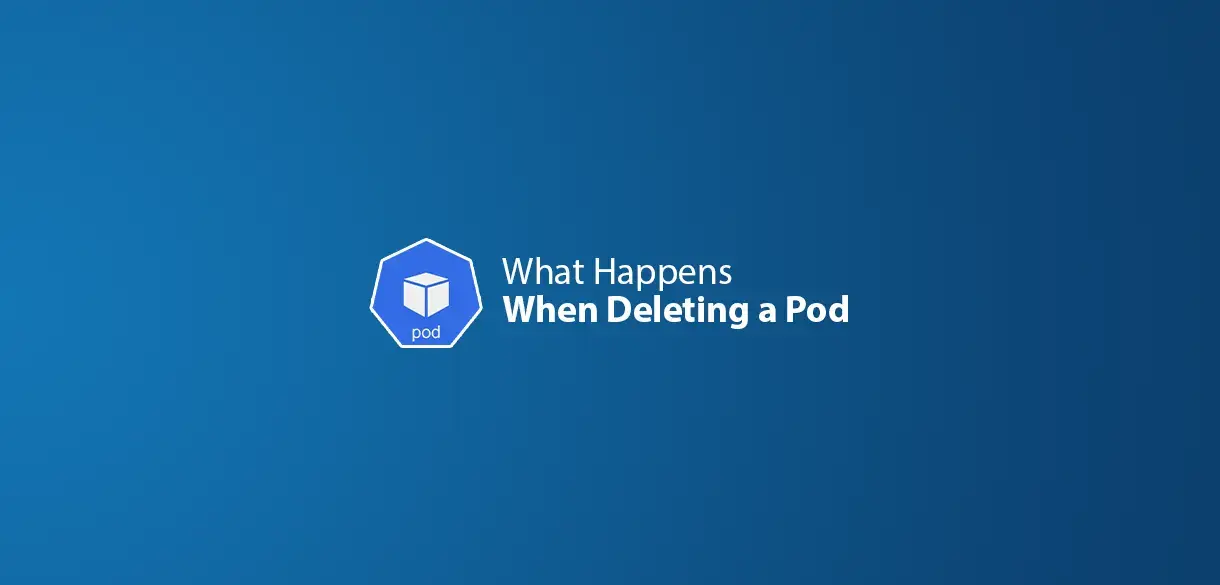The landscape of Artificial Intelligence is evolving at an unprecedented pace, rapidly moving beyond the initial marvel of conversational AI to more sophisticated, autonomous systems. What began as an impressive ability to generate human-like text is quickly transforming into a capability to understand, reason, plan, and act in complex environments. This rapid progression has given rise to a new vocabulary of AI terms: Large Language Models (LLMs), Retrieval-Augmented Generation (RAG), AI Agents, and the overarching concept of Agentic AI. Understanding the distinctions and synergies between these concepts is crucial for anyone looking to leverage the full potential of AI in the coming years. At its core, this shift represents a fundamental move from static knowledge systems to dynamic, goal-orientated architectures. We are no longer just seeking AI that can process information but rather AI that can perform actions and execute complex workflows within real-world business environments. This post will demystify these key technologies, explore their individual strengths, and illustrate how they are converging to shape the future of intelligent systems.
The Foundation: Large Language Models (LLMs)
Large Language Models (LLMs) are the bedrock upon which much of modern AI is built. These are massive neural networks, trained on colossal datasets of text and code, enabling them to understand, generate, and reason with human language. Think of an LLM as the "brain" within many advanced AI applications. They excel at high-level cognitive functions such as comprehending user input, synthesizing information, and generating creative or coherent text responses.
LLMs, like the foundational models behind popular services such as ChatGPT, demonstrate incredible versatility. They can answer questions, summarize documents, write code, translate languages, and even engage in creative storytelling. Their power lies in their ability to detect intricate patterns and relationships within language, allowing them to predict the most probable next word in a sequence, thus generating highly convincing and contextually appropriate text.
However, despite their impressive capabilities, standalone LLMs come with inherent limitations. They are prone to "hallucinations," generating factually incorrect yet plausible-sounding information. Their knowledge is also frozen at the time of their last training, making them susceptible to providing outdated information. Furthermore, while they can generate text, they inherently lack the ability to directly interact with external tools, access real-time data, or execute multi-step tasks in the real world. These limitations paved the way for complementary technologies designed to augment and extend their intelligence.
Enhancing Accuracy and Freshness: Retrieval-Augmented Generation (RAG)
One of the most significant advancements in overcoming LLM limitations is Retrieval-Augmented Generation (RAG). RAG directly addresses the issues of factual accuracy and outdated knowledge by providing LLMs with a mechanism to access and incorporate external, up-to-date information before generating a response.
The process is elegant: when a user query comes in, the RAG system first retrieves relevant information from a designated knowledge base – which could be a company's internal documents, a live database, or the entire internet. This retrieved information is then provided to the LLM alongside the original query, serving as additional context. The LLM then uses this enriched context to formulate a more accurate, factually grounded, and current response.
The benefits of RAG are profound:
- Enhanced Factual Grounding: RAG significantly reduces the likelihood of hallucinations by ensuring the LLM's response is anchored in verified data.
- Up-to-Date Information: It allows LLMs to access the latest information, bypassing their inherent knowledge cutoffs.
- Contextual Relevance: By retrieving specific, relevant documents, RAG ensures responses are highly pertinent to the user's query.
- Transparency: In many RAG implementations, users can even see the sources from which the information was retrieved, building trust and allowing for verification.
Looking ahead to 2025, advanced RAG pipelines and specialized models are becoming crucial for improving LLM responses. This includes incorporating concepts like agentic memory – allowing the system to remember past interactions and retrieved data – and sophisticated retrieval strategies that can understand nuanced query intent and pull from diverse, multimodal sources. RAG is not just an add-on; it's an essential component for enterprise adoption of AI, transforming LLMs from general knowledge generators into reliable, domain-specific information providers.
Beyond Conversation: Introducing AI Agents and Agentic AI
While LLMs provide the raw intelligence and RAG enhances their factual accuracy, the next frontier in AI involves equipping these models with the ability to act autonomously to achieve specific goals. This is where AI Agents and Agentic AI come into play, representing a paradigm shift towards dynamic, goal-oriented architectures.
An AI Agent is essentially a system designed to perceive its environment, reason about its observations, plan a sequence of actions, and then execute those actions to achieve a defined goal. The LLM, in this context, serves as the foundational "brain" within the AI agent. It performs the high-level cognitive functions: understanding the user's input, breaking down complex goals into manageable sub-tasks, generating plans, making decisions about which tools to use, and even reflecting on its own performance.
Agentic AI refers to the broader concept and methodology of building and deploying AI systems that are capable of autonomous execution and multi-step task completion. It's about creating intelligent systems that can take a high-level objective from a user – "book me a flight to London", "summarize this market report and draft an executive summary", or "debug this code" – and autonomously break it down, perform the necessary steps, interact with external tools (like search engines, APIs, or software applications), and iterate until the goal is achieved.
Key characteristics of Agentic AI systems include:
- Planning:The ability to strategize and create a sequence of steps to reach a goal.
- Execution:The capability to perform those planned steps, often by interacting with external tools.
- Reflection:Analyzing the outcomes of actions and adjusting plans as needed.
- Tool Use:Integrating with various external systems and services to extend their capabilities.
There is a significant and growing interest in AI Agents and Agentic AI, evidenced by rising global search trends since the introduction of ChatGPT. This signals a broad recognition of their potential for more intelligent and autonomous AI applications. For 2025, enterprise adoption of AI is increasingly reliant on agentic systems, moving beyond mere LLM capabilities to solutions that can not only process information but also perform actions and execute complex workflows within business environments.
A prominent trend for 2025 is Agentic RAG, which combines the reasoning capabilities of AI agents with the enhanced factual grounding and up-to-date information retrieval provided by RAG. This powerful synergy aims to deliver not just accurate, but also actionable and contextually relevant LLM responses that drive task completion.
LLM vs. RAG vs. AI Agent vs. Agentic AI: A Clear Comparison
To truly grasp the advancements, it’s essential to understand how these concepts relate and differ:
- Large Language Model (LLM): The Intelligent Core.
- What it is: A powerful text generator and reasoner, a "brain".
- Primary function: Generate human-like text, understand prompts, and do basic reasoning.
- Limitation: Prone to hallucinations, knowledge cutoffs, cannot directly act or use tools.
- Analogy: A brilliant, knowledgeable person who can answer almost any question but cannot leave their desk or verify facts in real-time.
- Retrieval-Augmented Generation (RAG): The Fact-Checker and Knowledge Extender.
- What it is: An enhancement technique for LLMs.
- Primary function: Provides LLMs with external, up-to-date, factual information before generation. Improves accuracy and relevance.
- Limitation: Still primarily focused on generating responses, not performing complex multi-step actions autonomously.
- Analogy: The brilliant person now has instant, real-time access to the most comprehensive and up-to-date library in the world. They can now answer with verified facts.
- AI Agent: The Goal-Oriented Executor.
- What it is: A system that uses an LLM as its "brain" to perceive, reason, plan, and act to achieve a specific goal.
- Primary function: Breaks down complex tasks, executes steps, interacts with external tools (like APIs, databases, web search, code interpreters). It’s about doing.
- Relationship to LLM/RAG: The LLM is the core intelligence; RAG can be one of the tools or retrieval mechanisms the agent uses for better decision-making or information gathering.
- Analogy: The brilliant, knowledgeable person with the comprehensive library, but now also equipped with a smartphone, laptop, and access to various apps, empowered to plan and execute a multi-step project from start to finish.
- Agentic AI: The Autonomous Paradigm.
- What it is: The overarching architectural philosophy and capability that enables AI systems to operate autonomously, pursuing high-level goals through multi-step tasks.
- Primary function: Defines the framework for building intelligent, self-directed systems capable of complex, adaptive behavior. Encompasses AI agents as the operational units.
- Relationship to others: It’s the vision and methodology that leverages LLMs (as brains) and RAG (for factual grounding) to create truly autonomous AI agents.
- Analogy: This is the entire framework and system that allows a team of brilliant, tool-wielding individuals to work together autonomously to run a complex operation.
In essence, the progression is clear: LLMs provide the raw intelligence. RAG supercharges that intelligence with accurate, current information. AI Agents then take that intelligent, well-informed core and empower it to act in the world, breaking down goals and executing tasks. Agentic AI is the grand vision of an ecosystem where such agents operate autonomously and collaboratively to solve complex problems.
The Future is Agentic: Forward-Looking Insights
The journey from basic LLMs to sophisticated, autonomous Agentic AI marks a pivotal moment in the evolution of artificial intelligence. We are witnessing a fundamental shift from AI that answers questions to AI that proactively solves problems and executes complex workflows. The promise of dynamic, goal-oriented architectures is not just theoretical; it's rapidly becoming the standard for enterprise adoption in 2025 and beyond.
The combination of agent reasoning capabilities with the enhanced factual grounding of RAG – what we call Agentic RAG – is poised to be a dominant trend. It represents a potent blend of intelligence and reliability, delivering accurate, contextually relevant, and actionable responses that propel businesses forward. This capability will be instrumental in automating complex, multi-step tasks that require planning, execution, and often interaction with external tools, moving AI beyond mere data processing to active participation in operations.
The increasing global interest in AI Agents and Agentic AI since the advent of ChatGPT underscores a universal recognition of their transformative potential. As these systems become more refined, we can anticipate a future where AI not only understands our requests but also autonomously orchestrates a series of actions to achieve our goals, transforming industries, boosting productivity, and unlocking unprecedented levels of innovation. The future, undoubtedly, is agentic.



